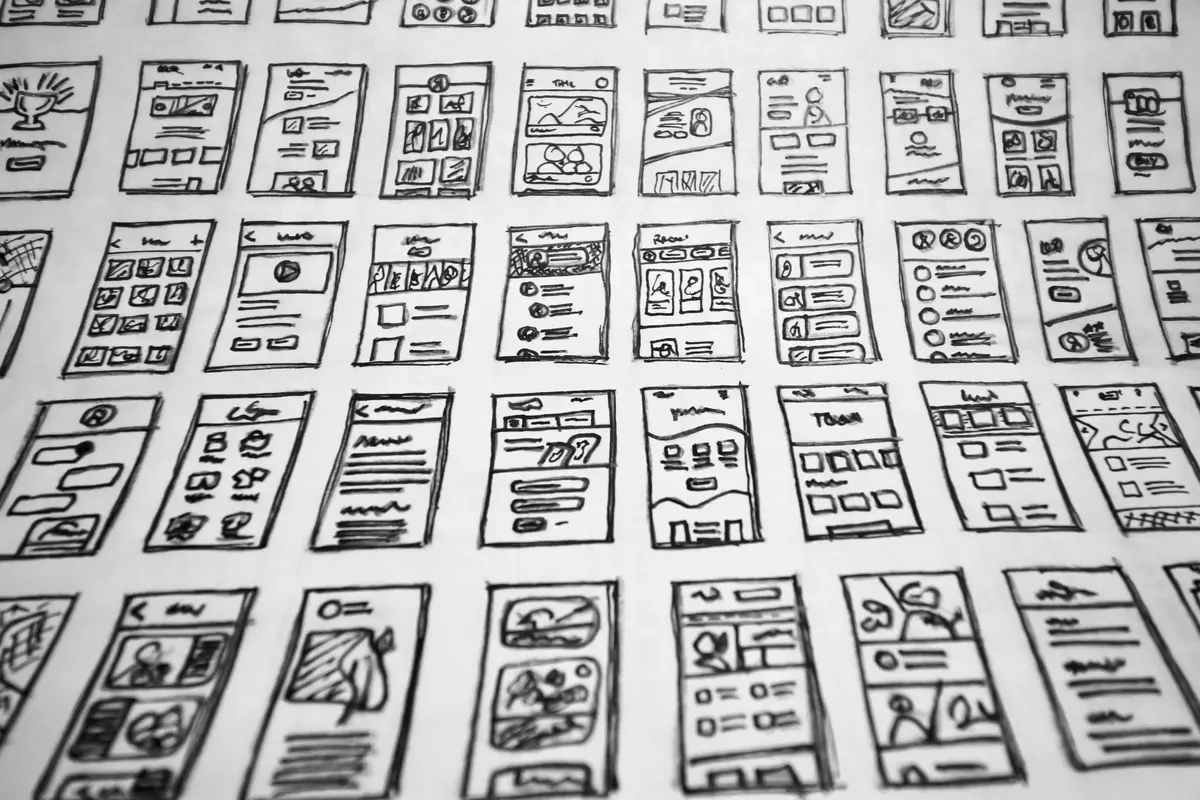Access to information and services online is a necessity. However, the variability of web browsers and devices used to access the internet can create challenges in terms of user experience. Therefore, web design for compatibility with various browsers is an essential skill. This article will provide you with strategies to create websites that offer a consistent experience for all users, regardless of the browser or device they are using.
The Importance of Multi-Browser Compatibility
Multi-browser compatibility refers to a website’s ability to display correctly and function properly across a variety of browsers, such as Google Chrome, Mozilla Firefox, Microsoft Edge, Safari, and others. The diversity of web browsers and devices makes this aspect of web design crucial. Neglecting compatibility can lead to a frustrating user experience and the potential loss of customers.
Strategies for Multi-Browser Compatibility in Web Design
• Use Consistent Web Standards: Ensure that your website’s source code adheres to globally accepted web standards, such as HTML5, CSS3, and updated JavaScript, to ensure that the site displays correctly on various browsers. Adhering to these standards will contribute to a better user experience and optimal compatibility across different browsing platforms.
• Test on Various Browsers: Conduct tests of your website on a diverse range of web browsers to verify that it functions correctly. You can benefit from specialized development tools like BrowserStack or CrossBrowserTesting to facilitate testing across multiple platforms and browsers. These resources enable you to ensure the optimal compatibility of your site and identify any issues more efficiently.
• Implement Responsive Design: Implement responsive web design that dynamically adjusts to various screen sizes and resolutions. This is essential to ensure a consistent and coherent user experience when users access your site from devices such as desktops, tablets, or mobile phones.
• Optimize Images and Media Elements: Ensure that media resources, such as images and other multimedia elements on your website, are prepared for quick loading to maintain optimal performance across all browsers used by visitors. In short, optimizing these resources for fast loading is crucial for providing a smooth and efficient browsing experience across the entire spectrum of browsers.
• Use Vendor-Specific CSS Prefixes: It’s important to consider that various browsers may require the addition of vendor-specific CSS prefixes to ensure the correct interpretation of certain CSS properties. Therefore, it’s crucial to ensure that you include these prefixes to guarantee compatibility with older browsers and ensure that your site displays correctly on a wide range of browsing platforms.
• Utilize Compatibility Technologies: We recommend using technologies like Modernizr to detect browser-supported features. This approach allows you to customize and adapt the user experience based on the specific capabilities of the browser, thus ensuring more efficient navigation and smoother interaction with the site on different platforms.
• Continuous Testing: Web design doesn’t stop at the website’s launch. It’s essential to maintain testing and monitor its performance on a variety of browsers, ensuring that the site continues to function properly as time goes on.
• Ensure You Are SEO-Friendly: A well-thought-out site architecture, appropriate and optimized content, as well as well-defined meta tags are essential pillars for achieving efficient SEO optimization. A website that adheres to these search engine optimization principles will benefit from increased visibility and will be easier to find on various browsers.
• Regularly Update the Website: Keeping a regular schedule of updates for your website is imperative to ensure that it remains compatible with both current and future browsers. This way, you can keep up with rapidly evolving new technologies and trends in the online environment.
Multi-browser compatibility is a critical aspect of web design. By ensuring that your website functions correctly on all browsers, you’ll provide a consistent and pleasant experience for all users. This will contribute to increased traffic, customer retention, and improved rankings in search engines. Web design for multi-browser compatibility is an essential investment for the online success of any project.
Learn about Web Design Psychology: Understanding User Behavior
Follow us on social media:
Instagram: https://www.instagram.com/securemenow/
Facebook: https://www.facebook.com/securmenow
We offer Web Design services. Contact us







